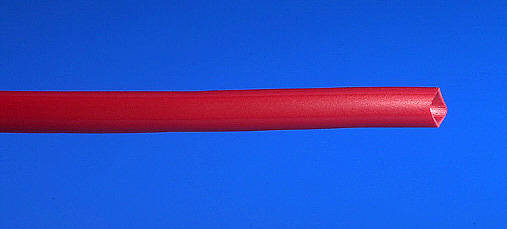Hi There,
Calling on all you expert electricians out there!!
I have recently tried to replace an external light one that has a blue, brown and earth wire and connect this to the mains supply which has no less than 6 wires. 2 black, 2 red and 2 earth coming from 2 seperate cables. I assume the reason for so many mains wires is that the light outside is connected to a switch indoors that has two switches (not sure though ). I connected to the mains supply using the terminal block that was in the old light fitting putting 2 red in one side of it to the brown wire in the new and 2 black in one side to the blue of the other. When I switched the electricity back on it shorted at the consumer unit. Does anyone know why and how I connect these 6 mains supply wires into the 3 on the light??
). I connected to the mains supply using the terminal block that was in the old light fitting putting 2 red in one side of it to the brown wire in the new and 2 black in one side to the blue of the other. When I switched the electricity back on it shorted at the consumer unit. Does anyone know why and how I connect these 6 mains supply wires into the 3 on the light??
Please help . it must be possible because the old one used to work that only had 3 wires in it!!
. it must be possible because the old one used to work that only had 3 wires in it!!
Many Thanks
Mark
Calling on all you expert electricians out there!!
I have recently tried to replace an external light one that has a blue, brown and earth wire and connect this to the mains supply which has no less than 6 wires. 2 black, 2 red and 2 earth coming from 2 seperate cables. I assume the reason for so many mains wires is that the light outside is connected to a switch indoors that has two switches (not sure though
Please help
Many Thanks
Mark



